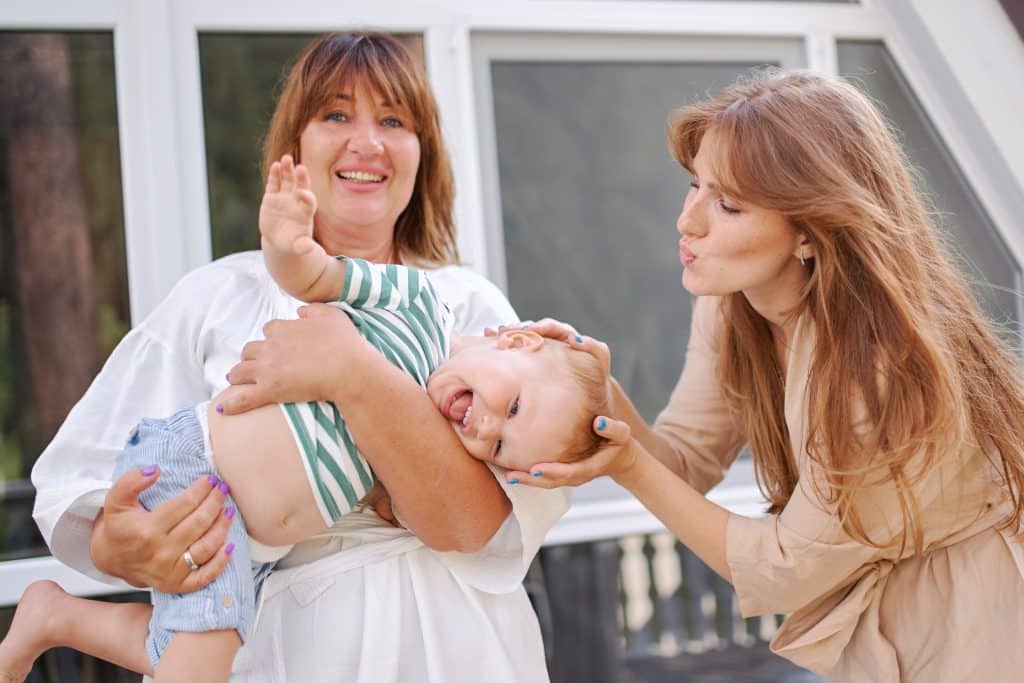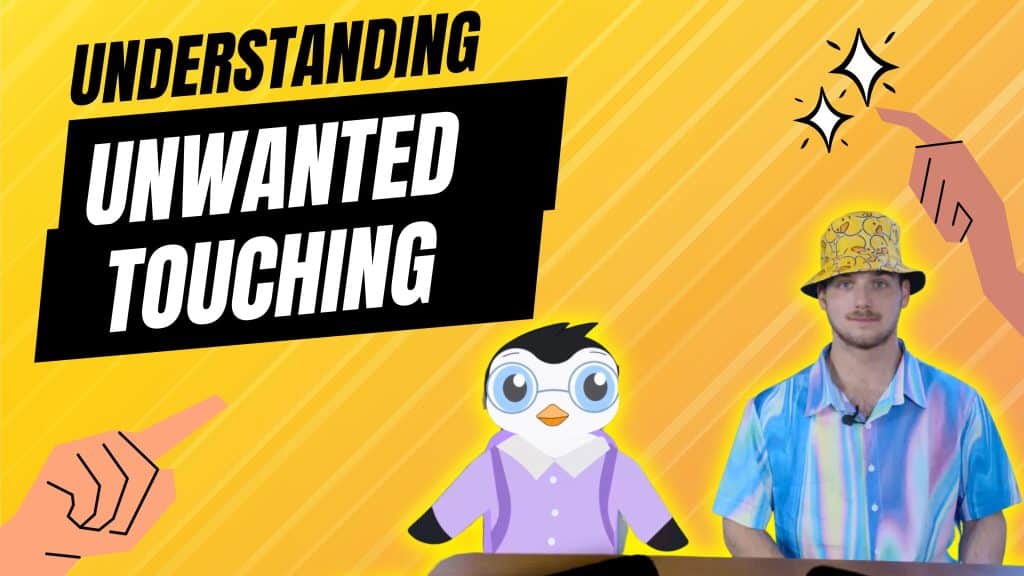Teaching your kids about personal boundaries is no small task. It’s about balancing protecting their innocence and equipping them with the knowledge they need to stay safe. Our Goal Mine video class can be a great tool to help your kids learn this vital life skill independently. But, as a parent, you can also play a crucial role in this process. Let’s walk through how to teach good touch and bad touch to your kids.
Table of Contents
| Step | Action |
|---|---|
| Step 1: Recognizing Unwanted Touching | Teach your kids to differentiate between a good touch and a bad touch. Encourage them to trust their instincts. |
| Step 2: How To Say No! | Teach your kids to say no assertively when they feel uncomfortable. Reassure them that their safety is more important than being polite. |
| Step 3: Getting Away From The Situation | Teach your kids to leave the situation quickly and go to a safe place. Role-play different scenarios to help them feel prepared. |
| Step 4: Talking To A Trusted Adult | Encourage your kids to tell a trusted adult if they experience a bad touch. Foster open communication in your home. |
Step 1: Recognizing Unwanted Touching
Firstly, it’s essential to help your kids understand the difference between a good touch and a bad touch. A good touch can be a parent’s hug, a friend’s high-five, or a coach’s pat on the back. On the other hand, a bad touch is any touch that makes them feel uncomfortable or scared.
Teach your kids that their body is their own and they have the right to say no to any touch that makes them uneasy. Please encourage them to trust their instincts. If something doesn’t feel right, it isn’t. For instance, if a touch makes them feel weird, even if it’s from someone they know and trust, it’s okay to say no.
Goally | The Safest Tablet for Kids

Step 2: How To Say No!
Once your kids understand the difference between good and bad touch, the next step is teaching them how to say no. This can be tricky as kids are often taught to respect adults and not be rude. However, it’s okay to be assertive when it comes to their personal safety.
Teach them to say no loudly and clearly. They should not be afraid to make a scene if they feel uncomfortable. Moreover, ensuring they don’t get in trouble for standing up for themselves is important. In other words, their safety is more important than being polite.

Read more: Teach Your Kids What to Do If Someone is Touching Them
Step 3: Getting Away From The Situation
After saying no, the next step is to get away from the situation as quickly as possible. Teach your kids to go somewhere safe, like a nearby store or a friend’s house. They should also know how to call for help if they need it.
Role-playing can be a helpful tool for this step. For example, you can act out different scenarios and have your kids practice what they would do. This can help them feel more confident and prepared if they ever find themselves in a similar situation.
Step 4: Talking To A Trusted Adult
Finally, your kids must know to tell a trusted adult if they experience a bad touch. This could be you, a teacher, a relative, or a family friend. They should understand that it’s not their fault and that they won’t be in trouble for telling someone.
Read more: Autism Touch Sensitivity in Kids
Encourage open communication in your home. Let your kids know they can talk to you about anything, whether big or small. This can help them feel more comfortable coming to you if something happens.
Goally | 100+ Streaming Video Classes
Does your child need some extra guidance on building essential life skills? Goally’s skill building tablet for kids includes a TV app that has the most robust video library of skills training videos for kids. Ranging from content like “How to Brush Your Teeth” to “How to Make Friends at School,” we have dozens of interactive video lessons for kids with thinking and learning differences.

HERE’s a video explaining how to works.
Teaching your kids about good and bad touch is crucial to their safety education. It’s about empowering them with the knowledge and confidence they need to protect themselves. Remember, it’s not a one-time conversation but an ongoing dialogue. Keep the lines of communication open and reassure your kids that they can always come to you with their concerns.
Our Goal Mine video class can be a great tool to help your kids learn this important life skill independently. But, as a parent, you can also play a crucial role in this process. And if you want to unlock the rest of the video lessons that teach “how to teach good touch bad touch,” consider getting Goally’s dedicated Tablet. The embedded YouTube video in this blog only covers step #1. Still, with Goally’s Tablet, you can access the complete set of lessons.
FAQ’s About How to Teach Good Touch and Bad Touch
What is "good touch bad touch"? Good touch bad touch" is a simple way to help kids understand the difference between appropriate and inappropriate touching, crucial for their personal safety. How can I teach my child about "good touch bad touch"? Goally's tablet offers a step-by-step video class on "how to teach good touch bad touch," making the learning process interactive and engaging for kids. What are the steps to teach "good touch bad touch"? The steps include recognizing unwanted touching, learning to say no, getting away from the situation, and talking to a trusted adult. How can Goally help in teaching "good touch bad touch"? Goally breaks down the process into easy-to-follow steps in a video class, helping kids understand and practice the concept at their own pace.

Goally
We help parents teach their kids life skills, like doing bedtime and morning independently. Backed by science, we incorporate evidence-based practices and expert-informed designs in all of our apps and content.






